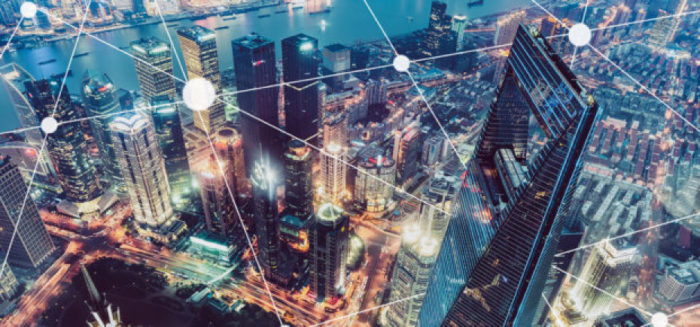According to research published on IEEE Xplore, 70% of the world’s population will likely live in cities by 2050
“This will result in an unprecedented increase in the consumption of existing resources.”
by BDaily NEWS, UK
And while cities have their environmental advantages, like smaller geographic footprints that impact fewer ecological systems, they still present a number of challenges. For example, major cities’ usage of fossil fuels “constitutes 75% of global energy resource use,” despite occupying only approximately 5% of the planet’s total land mass. Smart cities are necessary.
Smart city technologies often come up as having the potential to improve quality of life in urban areas, but there’s also increasing hope that they can make cities more sustainable, too.
Before we get too far, what exactly constitutes a smart city? We asked IEEE Senior Member Shawn Chandler, Chair of the IEEE Internet of Things Smart Cities Working Group, to explain it: “A smart city uses technology and data to align physical, institutional, social and technical elements of the city, assisting public, government and other stakeholders to improve performance of city functions, increase awareness of city resources and advance the well-being of citizens.”
Traffic management, public transit, water and waste management, public safety, electricity and natural gas supply all present challenges with reliability, particularly as the systems age. Many of you reading this are familiar with these problems first-hand. And as cities grow, the demands on this infrastructure increase, as do their importance for city operations.



